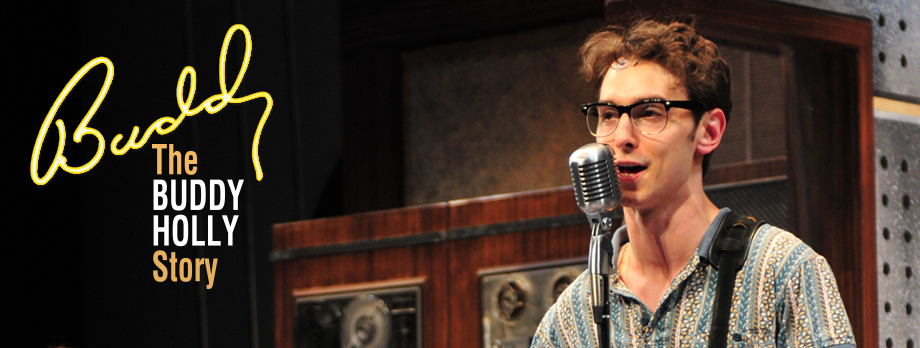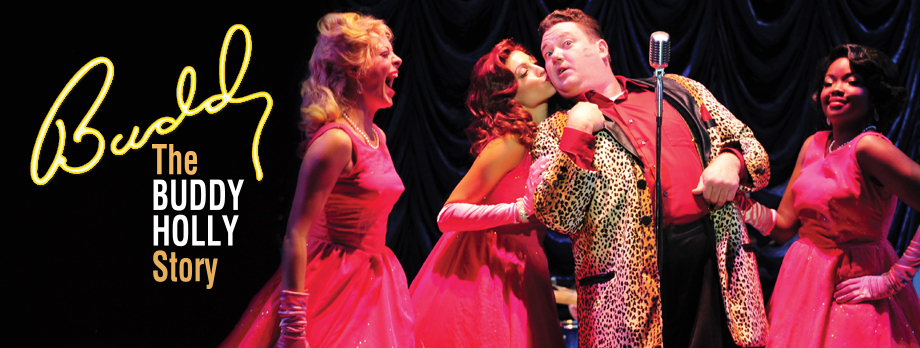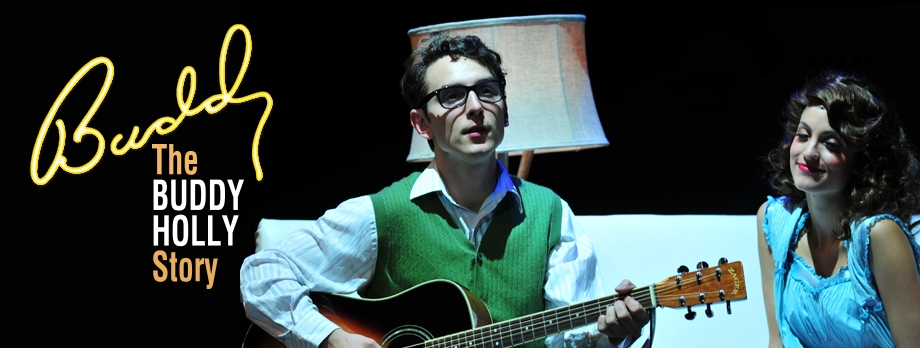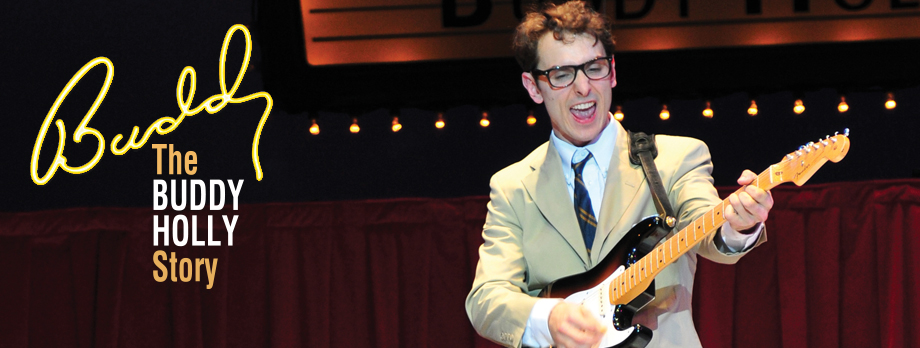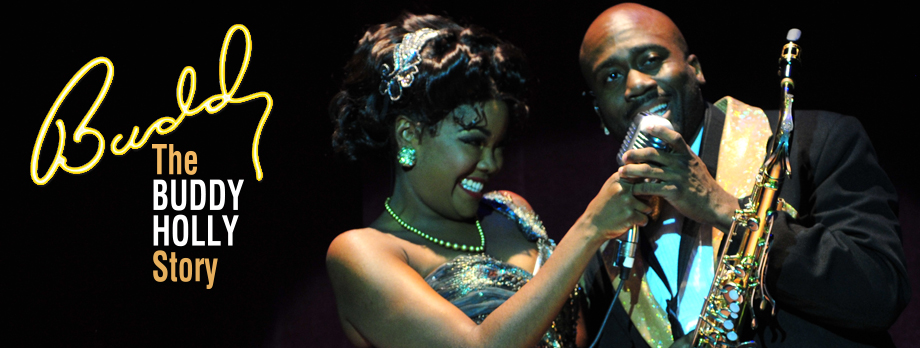synopsis
Charles Hardin Holley was born in Lubbock, Texas in 1936. He was an American singer-songwriter and an early pioneer of rock and roll music. Although his success lasted only a year and a half, he has been described by some as the single most influential creative force in early rock and roll.
As a young boy, “Buddy” showed a strong aptitude for music and by the time he entered Junior High School he was already an accomplished guitar, banjo and mandolin player. He teamed up with fellow classmate Bob Montgomery and began to perform as the duo “Buddy and Bob.” Together they formed several country groups during their junior high and high school years that included Larry Welborn, Don Guess, Jack Neal, Sonny Curtis, Jerry Allison and other young Lubbock area "pickers." The boys played at school functions, talent shows, car dealerships, grand opening promotions, parties and radio shows - any venue that would give them experience in front of an audience and exposure for their music.
In 1955, Buddy saw Elvis Presley perform and the experience had an immediate and profound influence on the young musician. From that point forward he changed his music from a bluegrass/country sound to rockabilly. Buddy later told a Billboard columnist that "without Elvis Presley none of us would have made it."
Later that year Buddy and Bob opened for Bill Haley and His Comets at a local show and caught the eye of a producer at Decca Records. Decca signed only Buddy to a contract, misspelling his name as "Holly,” which he adopted for his professional career. Buddy then formed his own band, The Crickets, consisting of himself (lead guitar and vocals), Niki Sullivan (guitar), Joe B. Mauldin (bass) and Jerry Allison (drums). Buddy later went on to hire Norman Petty as manager, and within 2 months "That'll Be the Day" was released as a single and became an instant hit in the U.S. and the U.K. He continued to record one hit after another. Buddy and the Crickets toured the United Kingdom consequently influencing a generation of rockers to come, including the then teenagers John Lennon and Paul McCartney, (the band's name, The Beatles, was later chosen partly in homage to Buddy's Crickets.) Buddy later began a solo career and toured with other notable performers including Ritchie Valens, J.P. Richardson (“The Big Bopper”), Tommy Allsup and Waylon Jennings.
Buddy’s music was sophisticated for its day. He included instruments considered novel for rock and roll, such as the celesta (heard on "Everyday"). He was an influential lead and rhythm guitarist, and while he could pump out boy-loves-girl songs with the best of his contemporaries, many of his songs also featured more sophisticated lyrics and more complex harmonies and melodies than had been previously shown in the genre. His songs also featured a unique vocal "hiccup" technique, a clipped "uh" sound used to emphasize certain words of many of his songs.
Buddy Holly’s legacy lives on through his music, which has been covered by many leading bands and artists since his death. The Beatles did a cover version of "Words Of Love" that was an almost perfect reproduction of Buddy's version, The Rolling Stones did a cover of "Not Fade Away" and the group The Hollies were named in homage. Holly's personal style, more controlled and cerebral than Elvis' and more youthful and innovative than the country and western stars of his day, has influenced youth culture on both sides of the Atlantic for decades. His influence continued to be seen in folk rock bands like The Byrds and The Turtles and later in the New Wave movement artists such as Elvis Costello and Marshall Crenshaw.
A film called The Buddy Holly Story was produced in 1978 starring Gary Busey who was nominated for an Academy Award for his performance. In 1988, a musical titled Buddy, The Buddy Holly Story was conceived by Londoner Laurie Mansfield, who together with film producer Greg Smith, writer Alan Janes and West End producer Paul Elliot, took on the project. Financial support from Paul McCartney, who owned the copyrights to Holly's music, ensured the show's creation. The musical opened in 1989 and followed ran in London's West End for 13 years, followed by a Broadway production, and numerous subsequent tours and productions around the world. Buddy, The Buddy Holly Story has become a phenomenon that has spawned an industry of bio-rock musicals. It was the first show ever to combine the narrative and the song in one continuous theatrical event creating a seamless synthesis of play and music. Buddy Holly’s brief life has been immortalized in this dynamic and heart-rending stage show – a celebration of the man, his music and life – that captures the unique mix of innocence, determination, humor and charm that was Buddy Holly.
In 2012 Buddy, The Buddy Holly Story closed out the Ogunquit Playhouse season with record-breaking attendance and remarkable reviews from press and audiences alike. The show has since toured the U.S. with many of the Ogunquit cast members and now returns by popular demand to once again rock the fall season to a close.

